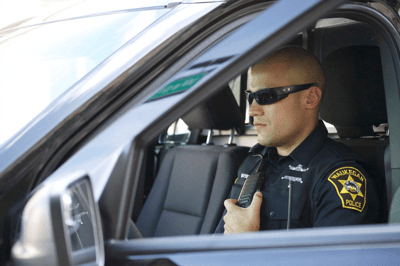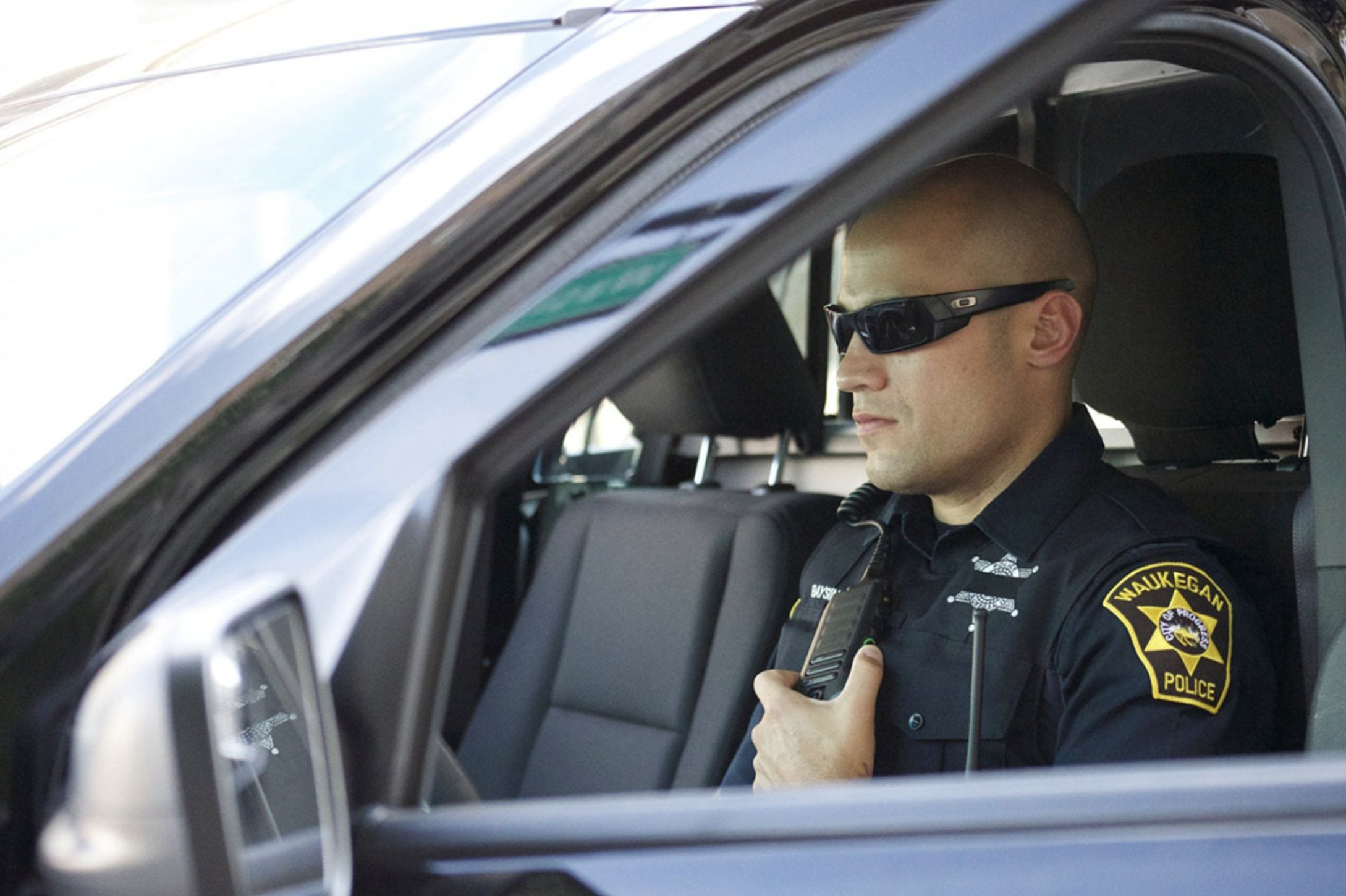 For years, radio users had their own language - 10 codes. The lingo filtered into popular culture, and even folks who didn’t use two-way radios would say “10-4” to mean “affirmative.”
For years, radio users had their own language - 10 codes. The lingo filtered into popular culture, and even folks who didn’t use two-way radios would say “10-4” to mean “affirmative.”
Despite their continued use in some industries and law enforcement, codes and other jargon terms are being abandoned in favor of what is called “plain language.”
As early as 2006, the National Incident Management System (NIMS) ALERT wrote: “While the NIMS Integration Center does not require plain language for internal operations, it strongly encourages it, as it is important to practice everyday terminology and procedures that will need to be used in emergency incidents and disasters. NIMS implementation is long-term, and persuading everyone to change ingrained habits overnight is probably impossible. But we do hope that over time, everyone will understand the importance of using common terminology, that is, plain language, every day.”
What are these “ingrained habits,” and how important are they in today’s two-way radio communication?
Origin of 10 Codes
The invention of 10 codes is attributed to Charles "Charlie" Hopper, communications director for the Illinois State Police in the 1930s. Back then, radio communication was reasonably new, and the beginning of each message transmitted via radio could be cut off or inaudible.
Hopper’s innovation compensated for the delay, ensuring that full, concise messages were heard. By changing the last number in the code, operators could understand the critical aspect of the message.
Law enforcement personnel also believed that the codes would protect the privacy of transmissions. But it was a double-edged sword. The codes proliferated as each jurisdiction created its codes.
Common Codes
Like other radio lingo with multiple versions, such as the police phonetic alphabet, military phonetic alphabet, and international phonetic alphabet, there are variations in 10 codes, depending on the context and location. That is one reason some jurisdictions are phasing them out.
Even if codes are on the way out, it is still a good idea for two-way radio users to know the basics. A set of codes has been standardized by the Association of Police Communications Officers-International (APCO). These are the most common codes.
- 10-9: Say again, or repeat, please
- 10-20: Advise your Location
- 10-69: Message received
- 10-36: Current time
- 10-77: Estimated time of arrival
Migration to Plain Language
Despite their long history of use, we've seen 10 codes slowly migrate to plain language or plain talk. Because the codes were not consistent across locations and jurisdictions, the concern was that they could lead to confusion.
With increasing collaboration and interoperability between counties, districts, and even states, knowing what everyone responding to a situation is saying is vital to decoding a message. For example, the code “10-1” had several meanings: poor reception, an officer needs help, or paging all units. That’s problematic when radio users are communicating across municipalities.
Homeland Security Weighs In
The US Department of Homeland Security spelled out the reasons for the change in a brochure titled “Making the Transition from Ten Codes to Plain Language.” The guide explains the reasons to replace codes with plain language, lays out a process for transitioning, and offers resources for a smooth change.
“Plain language for radio communications is a key component of interoperability,” the brochure states. “Agencies can only begin to work together if they speak the same language.”
If your agency is thinking of making the switch, the guide is a valuable resource for understanding and implementing the change.
Plain Talk vs. Privacy
As the technology for interoperability advances, so do privacy concerns. These days, it is fairly easy to access a police radio scanner or frequency scanner and listen to police radio codes and what is happening around us. There are even apps for listening to police frequencies.
Does plain language compromise privacy? If everything communicated via radios can be easily understood by someone not in the public safety sector, can we protect the subjects of these messages?
Plain Talk vs. Privacy
The Homeland Security guide explores the debate between proponents of 10 codes and plain language. For example, the 10 codes position is that the codes protect officers. But plain language advocates say that there are no “safe” codes, and people monitoring with scanners can figure out the codes' meaning. Encryption may be a more critical security layer for law enforcement.
Public safety comes first whether you’re a 10 code person or a plain language advocate.



